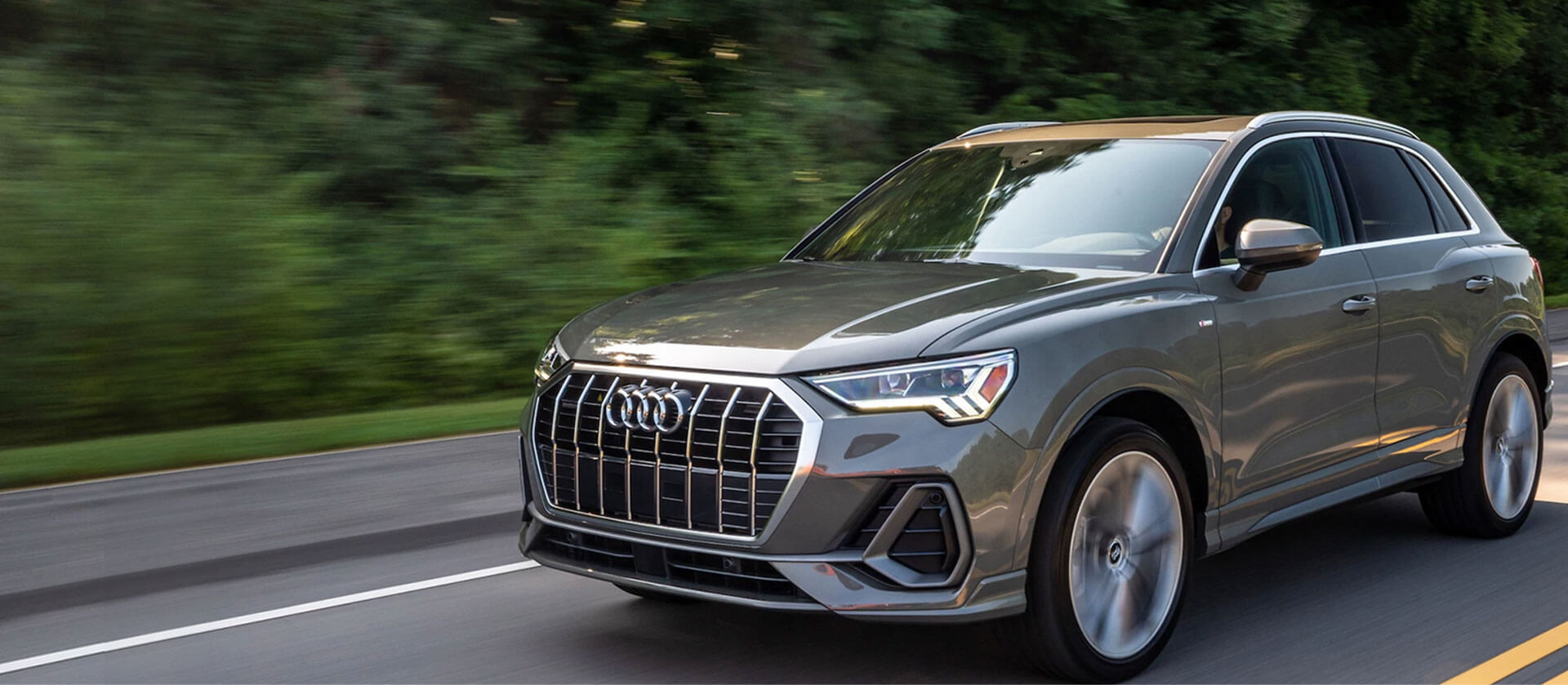Guide to Child Car Seats: Ensuring Safety and Compliance
When it comes to driving with children, as a protective measure, it is essential to follow the law concerning child car seats. In UK law, children must be secured in an appropriate child car seat until they reach 12 years of age or reach a height of 135cm, whichever comes first.
Selecting the right car seat for your vehicle will not only give your child the best protection in an accident, but you can also receive a £500 fine if you’re found to be using an unsuitable or incorrectly fitted car seat.
Choosing the right child car seat:
Selecting the suitable child car seat for your young passenger depends on their height or weight:
Height-Based Seats:
Also known as 'i-Size' seats, height-based seats have specific guidelines. These seats must be positioned in a rear facing position until your child reaches 15 months of age. Afterward, you can move onto a forward-facing child car seat.
Keep in mind that only height-based child car seats approved by the EU standards are accepted for use in the UK. Look for the distinctive label displaying a capital 'E' enclosed within a circle, along with 'R129'.
Weight-Based Seats:
Another option is a weight-based seat, which is dependent on the weight of your child, with a range of options from:
- 0kg to 10kg: Lie-flat or 'lateral' baby carrier, rear-facing baby carrier, or rear-facing baby seat with a harness
- 0kg to 13kg: Rear facing baby carrier or rear-facing baby seat with a harness
- 9kg to 18kg: Rear or forward-facing baby seat with a harness or safety shield
- 15kg to 25kg: Rear or forward-facing child car seat (high-backed booster seat or booster cushion) using a seatbelt, harness, or safety shield
- 22kg to 36kg: Rear or forward-facing child car seat (high-backed booster seat or booster cushion) using a seatbelt, harness, or safety shield
Like height-based seats, only weight-based child car seats that meet EU standards can be used in the UK. Keep an eye out for the label featuring a capital 'E' within a circle, accompanied by 'ECE R44'.
For children with specific needs:
Children with disabilities or medical conditions are subject to the same regulations. However, they can use either a disabled person's seat belt or a restraint tailored to their requirements. In cases where a child cannot of using a restraint or seatbelt due to their condition, a doctor can provide an exemption certificate.
Tips for installing child car seats:
- When installing a child car seat, ensure your vehicle's seatbelt has a diagonal strap, unless the seat is designed for use with a lap seatbelt or equipped with ISOFIX anchor points.
- Deactivate any front airbags before installing a rear-facing baby seat in the front passenger seat.
- Avoid installing a child car seat in side-facing seats.
- Make sure to follow the manufacturer’s guidelines and installation manual.
You can find out more about the UK law surrounding child car seats on the Government’s website. If you are looking for a new family vehicle, contact us today to discuss options for a personal car lease.
